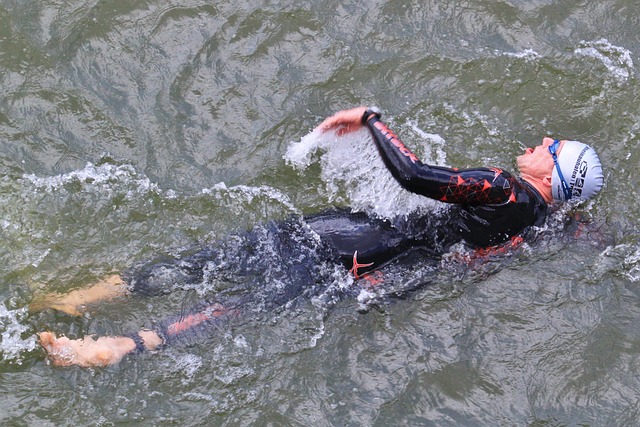 Swimming styles - front crawl
Swimming styles - front crawl
Many of us have swam in our lives. Others did it better, and some worse. Some jumped into the water just to cool off. But we've all experienced it. Today I would like to describe to you the freestyle and mainly the crawl style.
Kraul - a bit of history.
Front crawl is one of the fastest swimming methods. It is believed, that it comes from South America and was used by Indians. In Europe, this style appeared circle 1844 year when the Americans compete against the British, who swam frog. It has been banned, until one of the researchers looked at how Indians swim and described this technique. He made a mistake because he said, that the movement of the legs looks like in a traditional breaststroke. Then the competition came back to the competition at the end of the 19th century. The refinement of the front crawl was done by an Australian, who watched the people of Solomon Islands. He described the front crawl technique in detail, which is still used today. He also included, that we make vertical scissors with our legs.
How to swim freestyle?
When we swim front crawl we keep the figure close to the water. You're spreading out in the water. Your legs move rapidly up and down, and the hands are rowing under the water. It is accepted, that crawl speed comes from 70% from the movement of the hands, a 30% enough.
Push off the ground and let the water lift you. Lie down on your back in the water, the head is submerged. The legs work all the time doing vertical scissors under water. One hand ends the movement at the thigh, and the other scoops up the water. The trunk is twisted.
Turn your head towards your hand, which is above the water and take a breath. Remember, that the hand that scoops up the water must have an elbow above the hand.
Hand, which is on the surface should be quickly and carefully put into the water. We can't hit the water table, just go into it like butter.
The rowing motion must be strong, so that the speed is high.crawl
Remember to bring your hand near your thigh, not to slow down.
The last step is to exhale underwater and repeat the sequence with the other hand.
Please note, You should do a little warm-up before each swim, so that we don't get a muscle spasm. Because when we catch it under water, we may have problems with sailing to the mainland. When we are in the pool, the lifeguard will help us, however, when we are by the river or the sea, we will not always be so lucky.